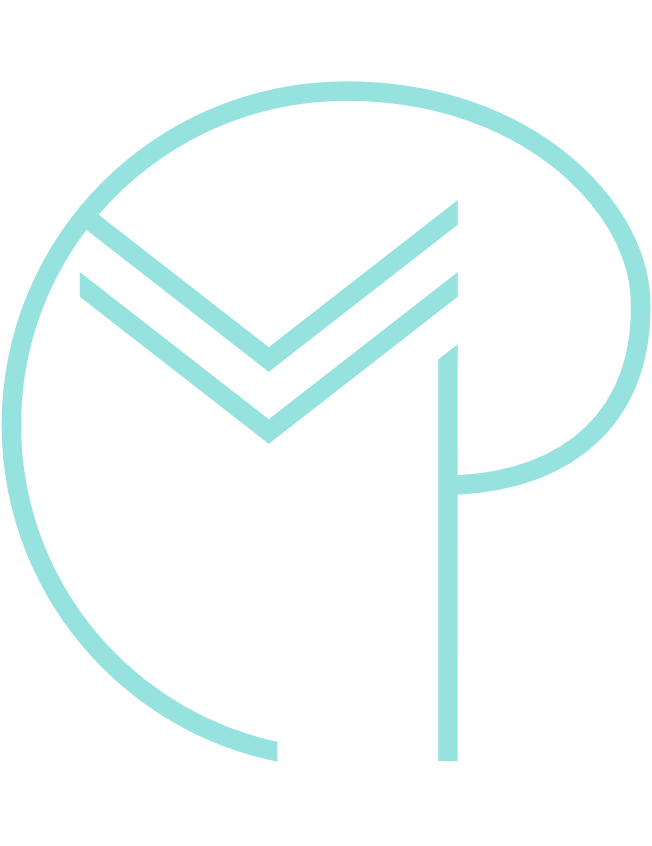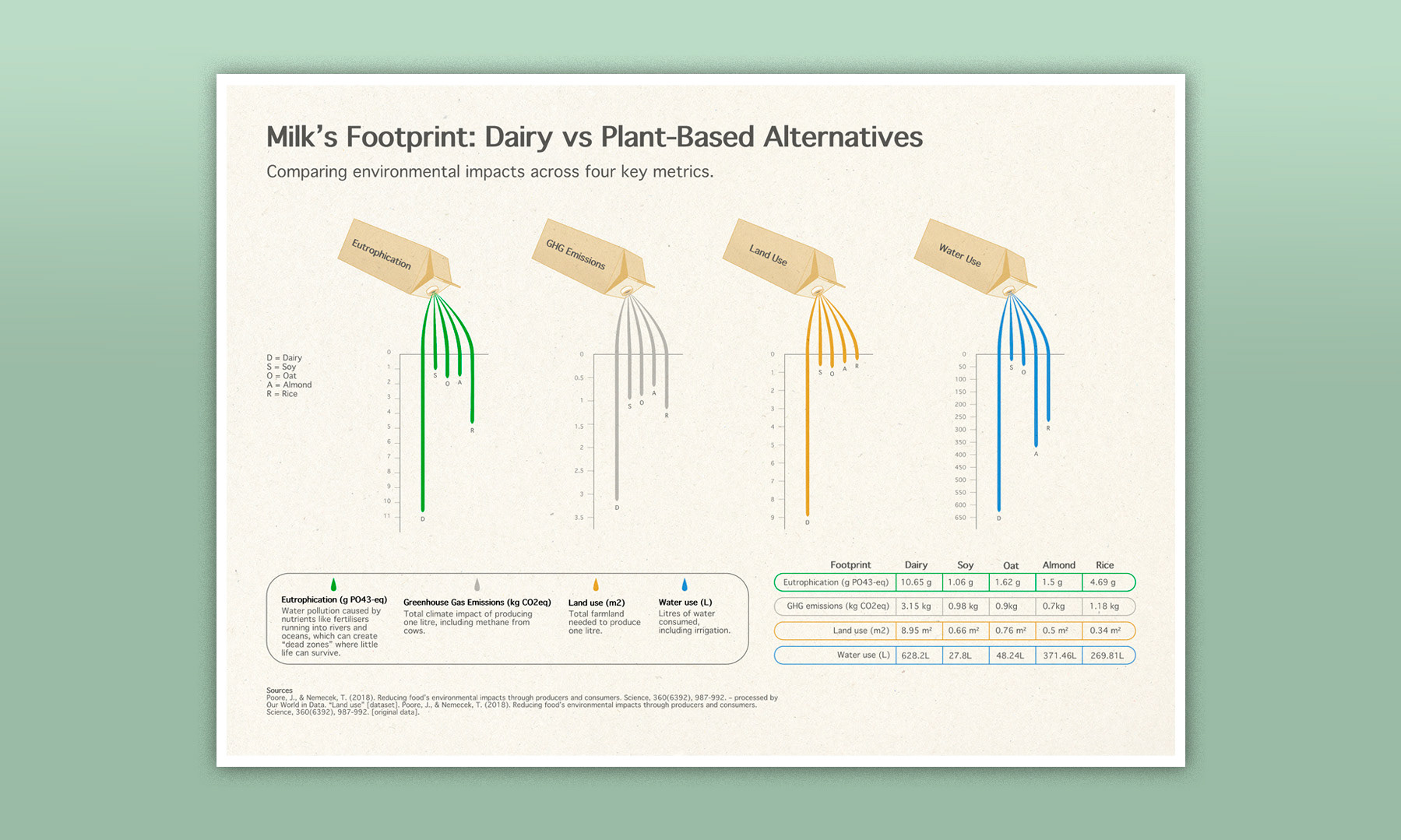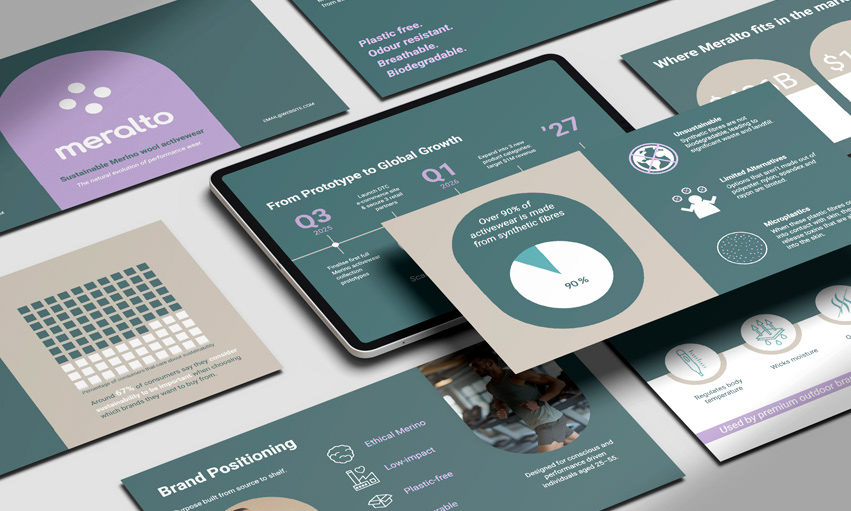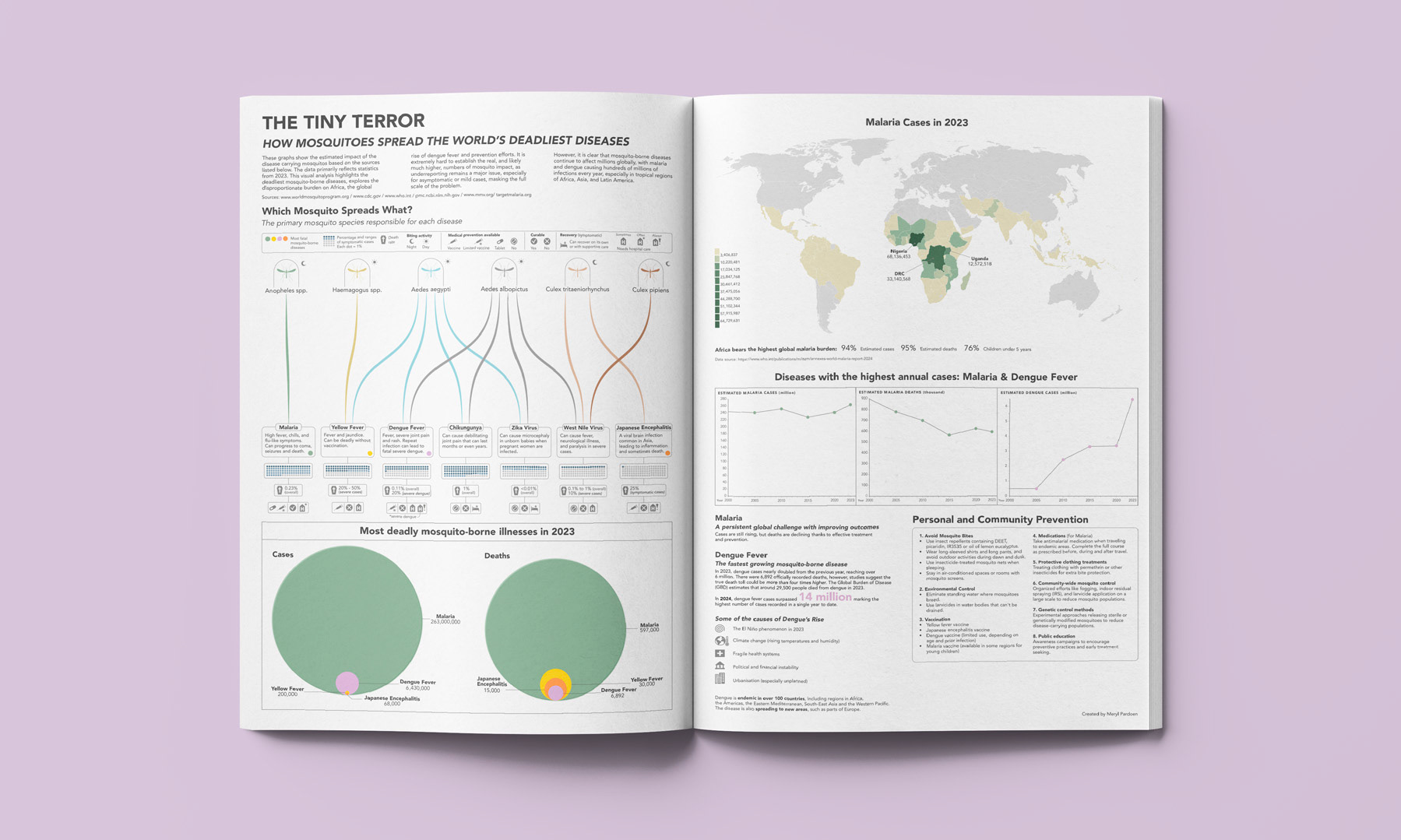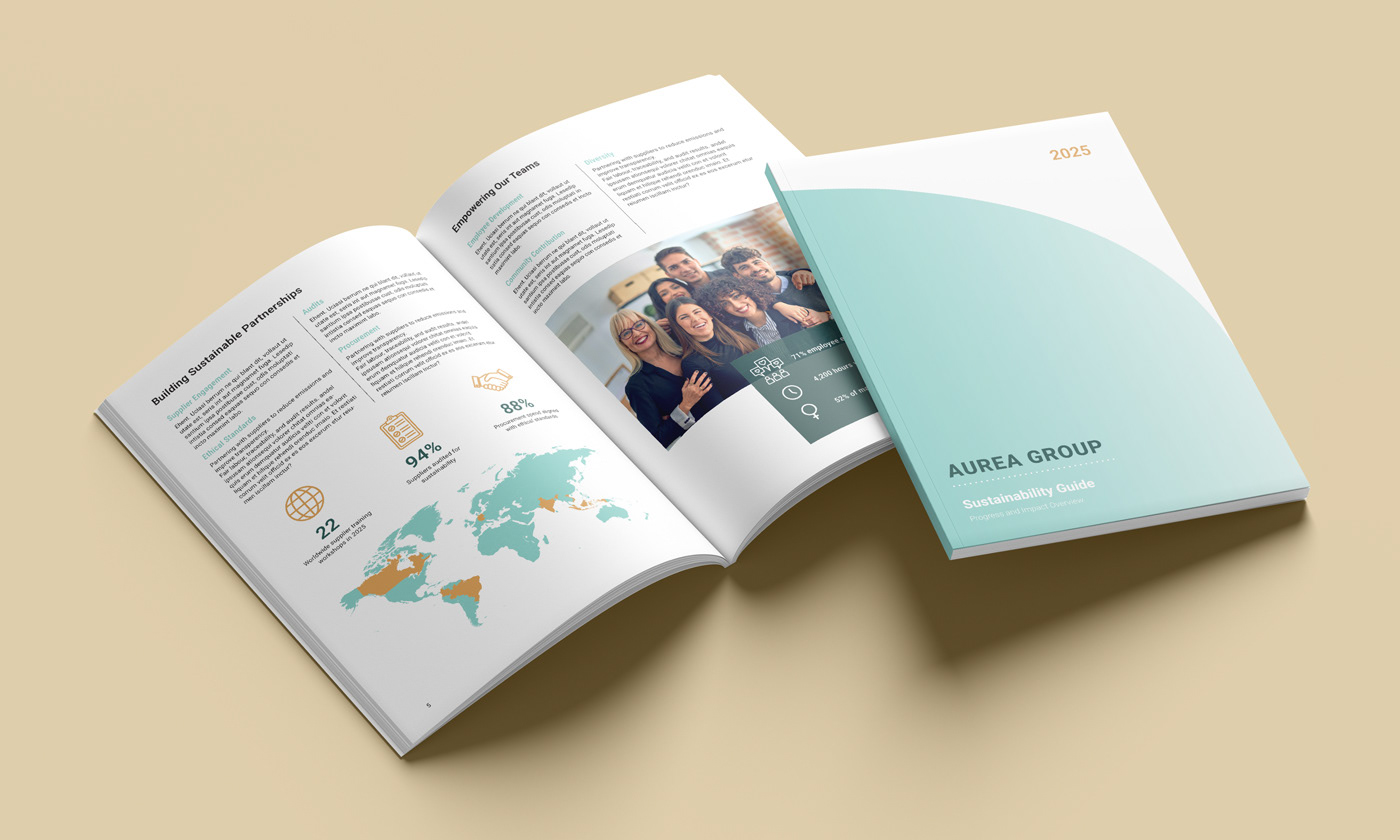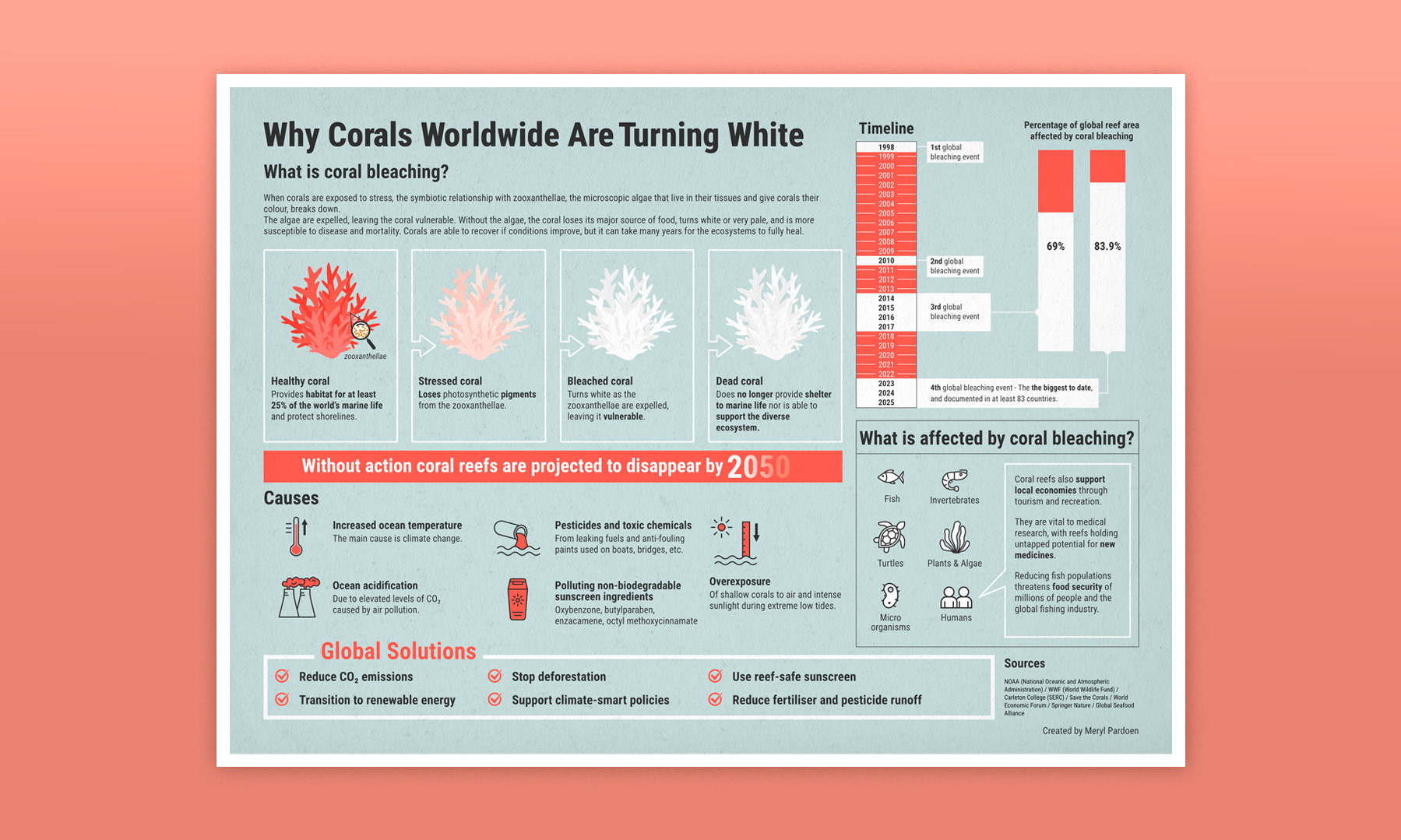A Data Journal of El Camino de Santiago
In 2023 I walked the Camino de Santiago from St. Jean Pied-de-Port to Santiago de Compostela, despite injuries and the flu cutting my journey in two. This data journal visualises my daily steps, the people I met and the physical challenges that shaped the way I experienced the journey.
The Story Behind the Data
TLDR
The Challenge
To visualise a personal journey through data, capturing not just the physical route but the human experience of the Camino de Santiago.
The Data
The data was collected in a small notebook over the course of the journey, including daily step count, people I met and physical challenges I faced.
The Solution
A data journal that focuses on the relationships and physical events that shaped the journey. The visual highlights key insights, such as how injuries forced more rest days, and the powerful impact of connections made along the way.
I started the Camino de Santiago at the end of May 2023. Seven weeks before leaving I had a snowboarding accident, sprained my MCL, and was out for six weeks. Not ideal! But I decided I still wanted to go. After some physio sessions and a final MRI the day before leaving, my GP gave me the all-clear, so off I went.
I carried a small notebook and wrote in it every day: where I walked from and to, the time I left each morning, the distance, time passed, ascent and descent and notes about people I met.
For this visual, I transferred that information into an Excel sheet, then narrowed it down to what was most consistent, accurate and meaningful to my journey. I chose to visualise the daily step count rather than distance, because I sometimes forgot to turn my watch on or off, but steps were tracked continuously from when I woke up to when I went to sleep.
The people you meet are one of the most defining parts of the Camino. They shape your experience, which is why I made them a main feature. Most days I walked alone, sometimes together with someone, or part of the way, but I often met people after walking.
Looking back at my notes, I also saw how injuries ended up shaping much of my journey - tenosynovitis around my ankles and the tops of my feet, pain and swelling in the tendons behind my knees and severely overloaded calf muscles - likely from a mix of overcompensating for my knee/weakened leg, dehydration and needing shoes with more cushioning (which I bought after my first physio visit).
This forced me to rest more, which meant the friends I’d made were now a day or two ahead of me. Whether I got a top or bottom bunk became important and I had to take the bus a few times or send my bag ahead to lighten the load on my tendons.
Then the flu hit. Day 24 I was too ill to walk, so I took a bus to León to have a rest day, but the day after I still felt so weak that I decided to stop walking altogether. I thought that was the end... But after some recovery time, and another last physio visit (with very painful acupuncture), I decided to return and continue from where I’d stopped.
The second half was physically much better, socially a bit quieter, but when I arrived in Santiago de Compostela I was reunited with some friends from the first half, which felt like the perfect ending.
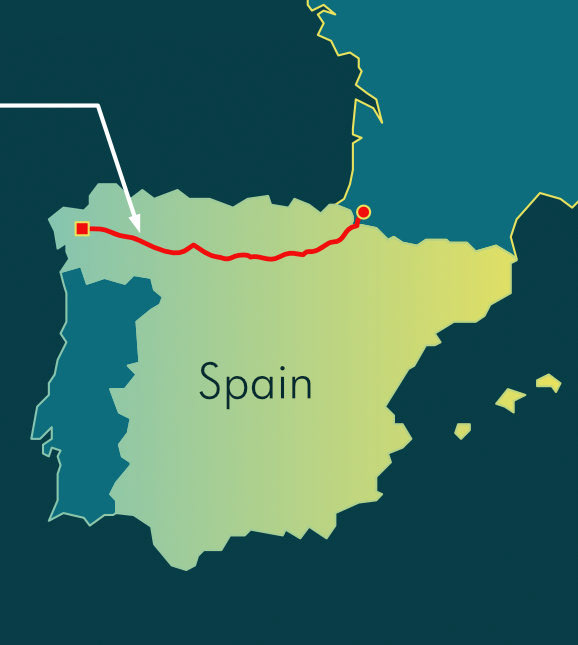
The route
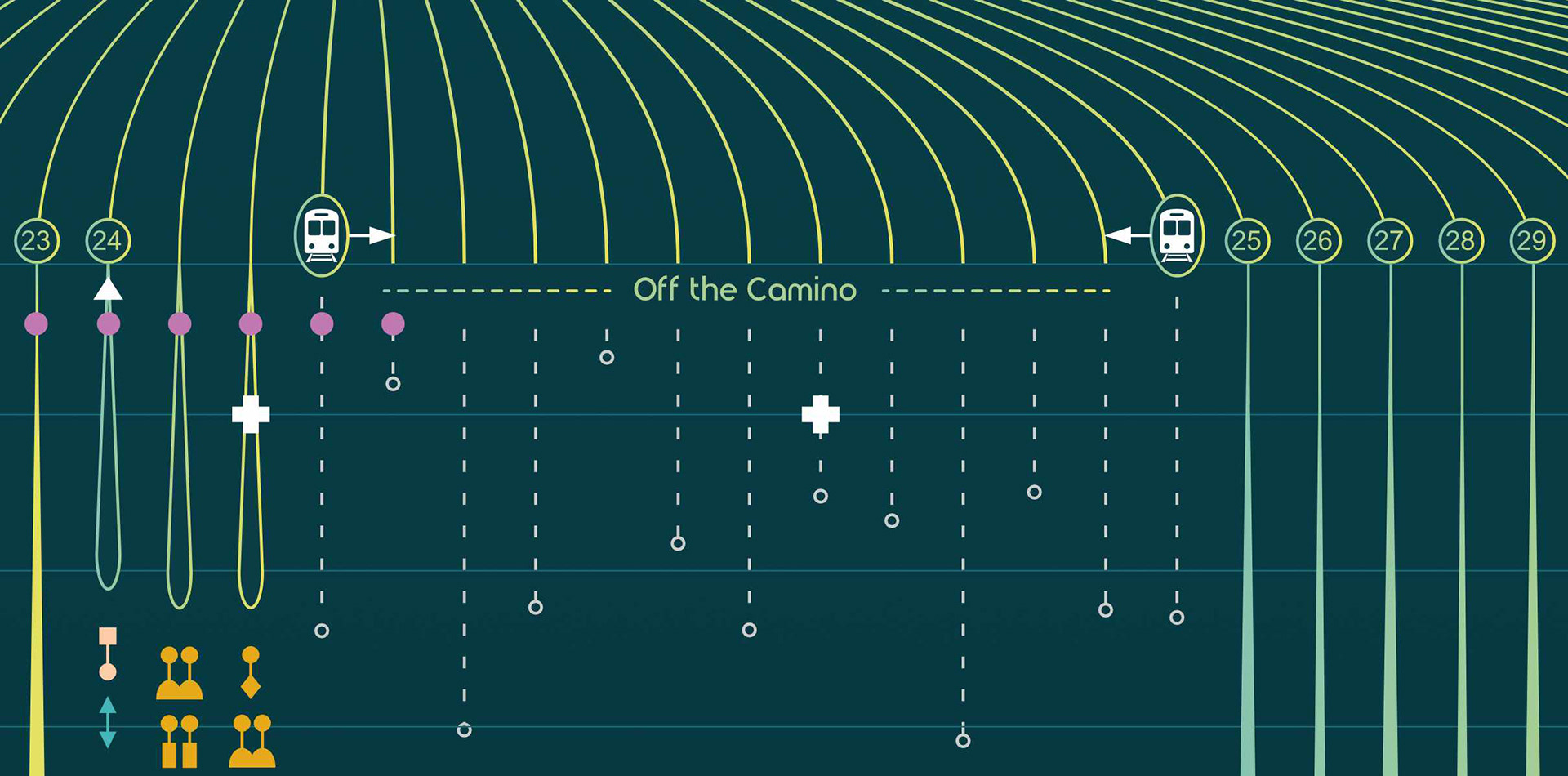
Time off in the middle of the journey
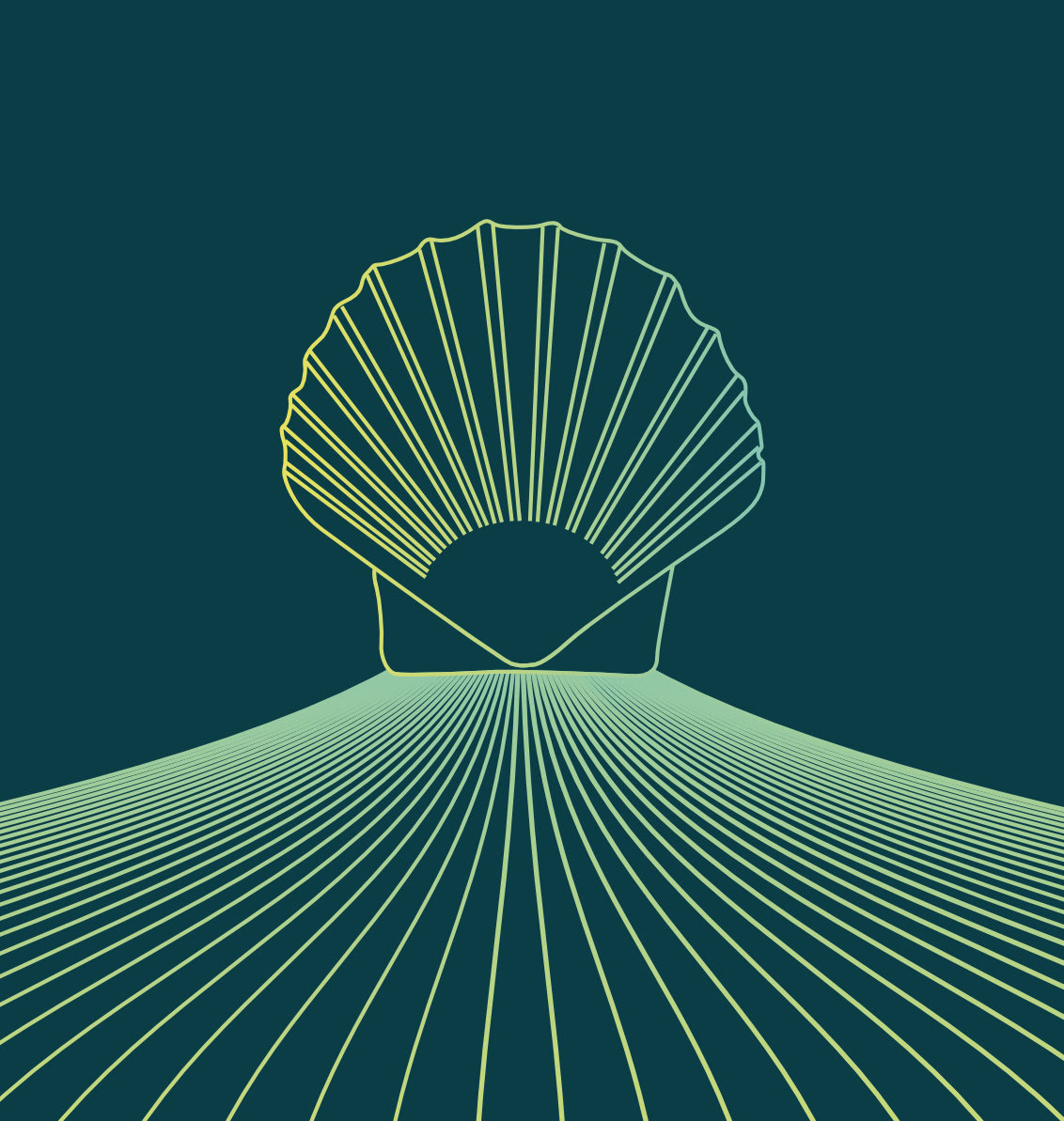
The scallop shell - a traditional symbol of the Camino de Santiago
The beginning stages: I first took out the lines representing the days I was off the Camino, but then decided to include them to show a more complete picture of my journey.
Software used: Excel, RAWGraphs, Procreate, Affinity Designer
